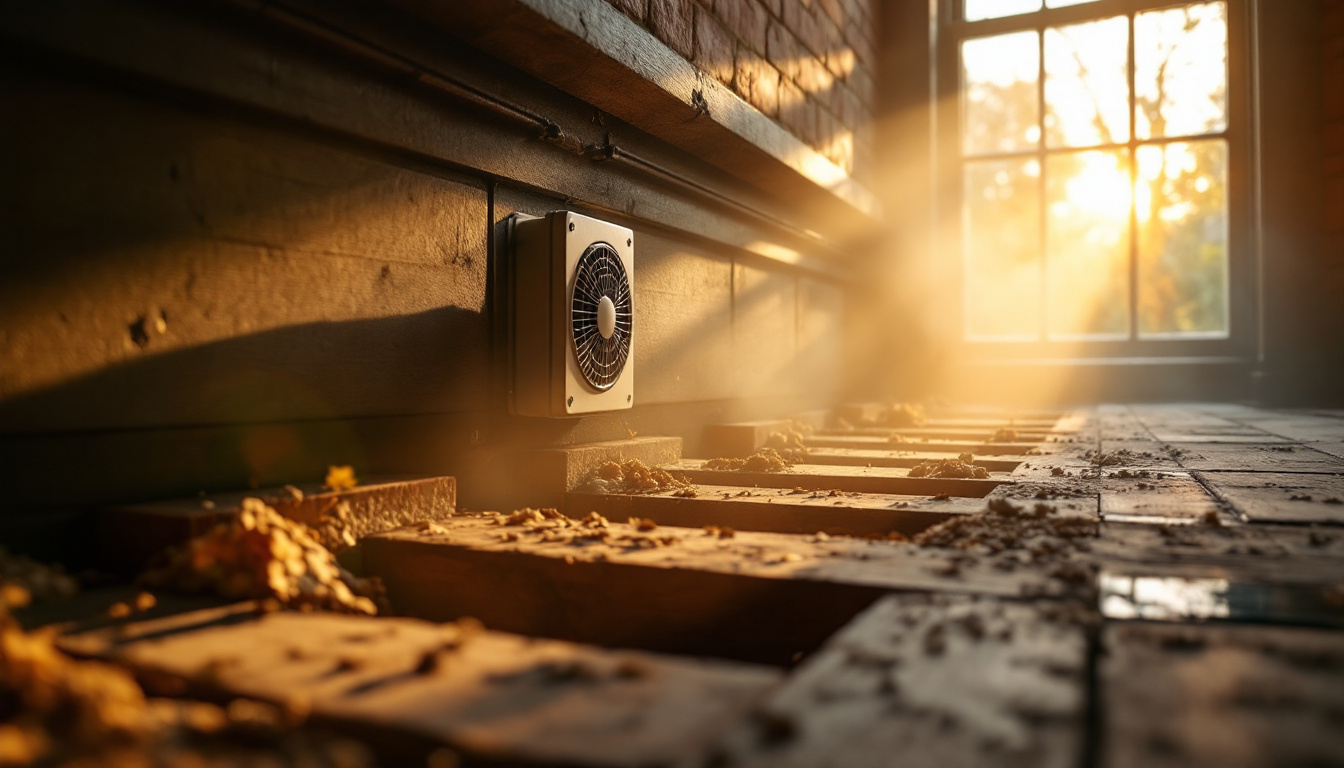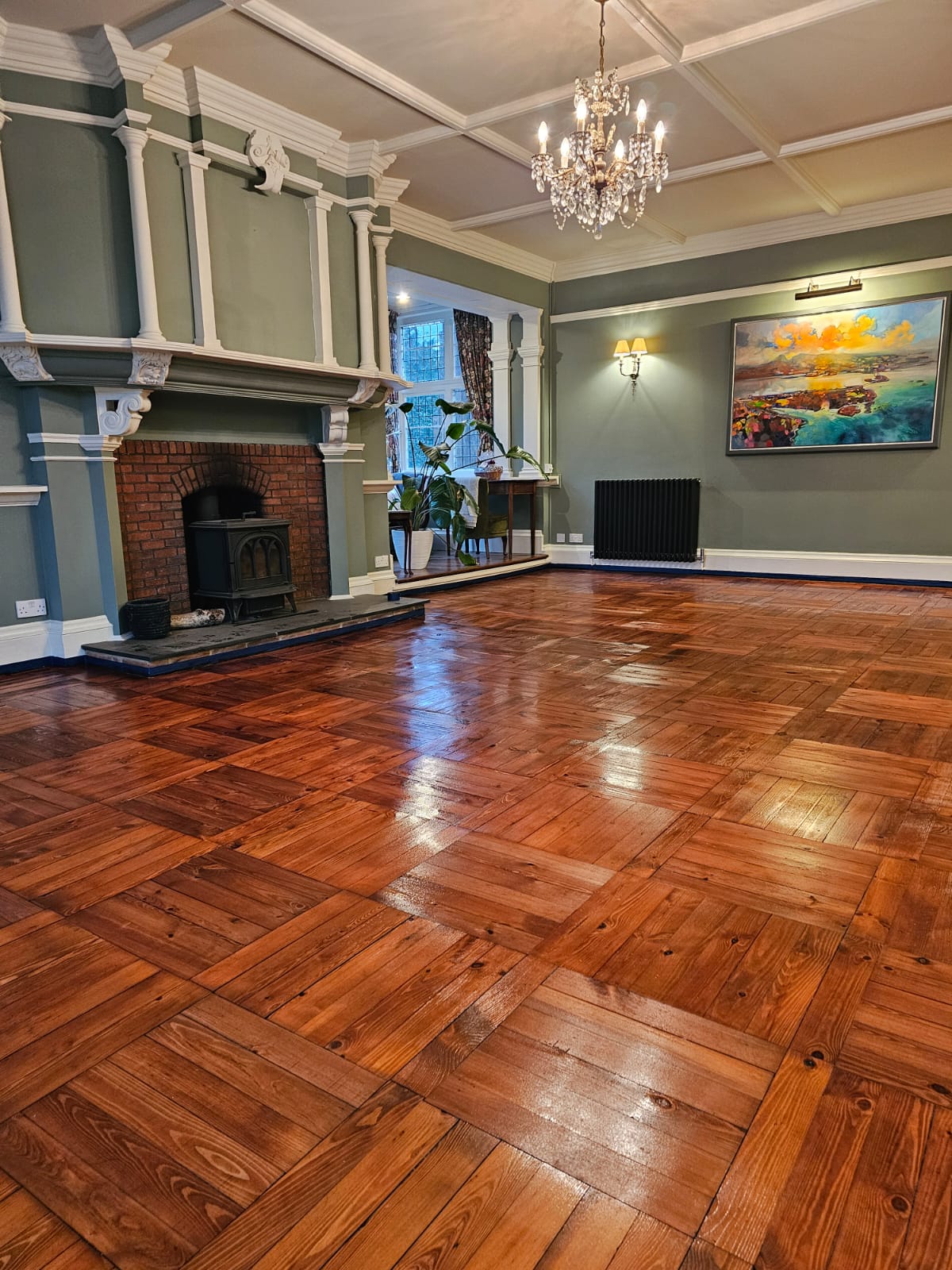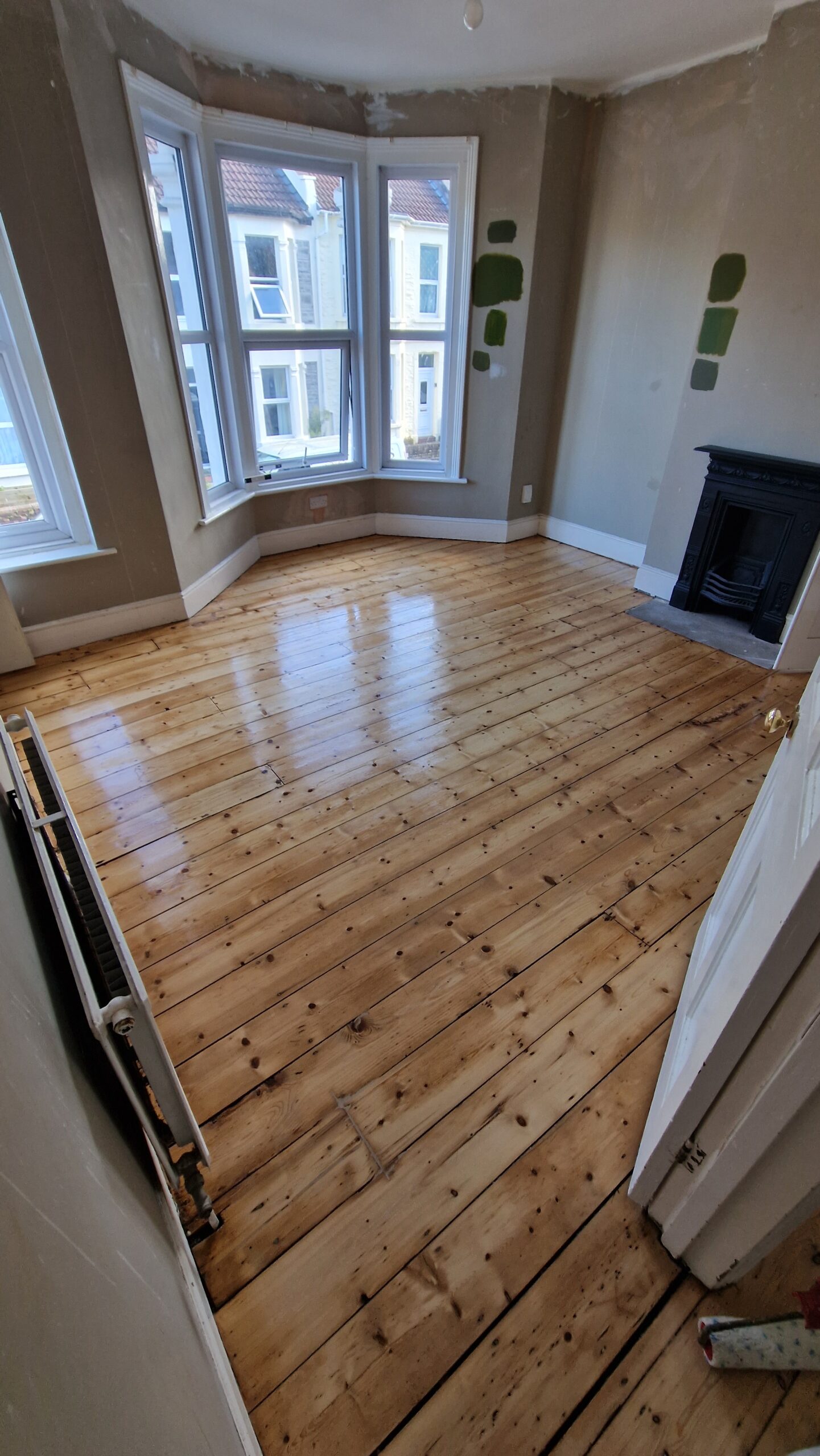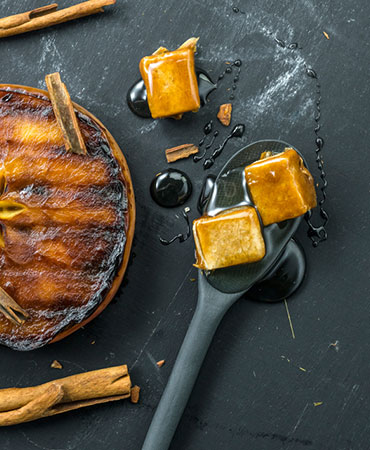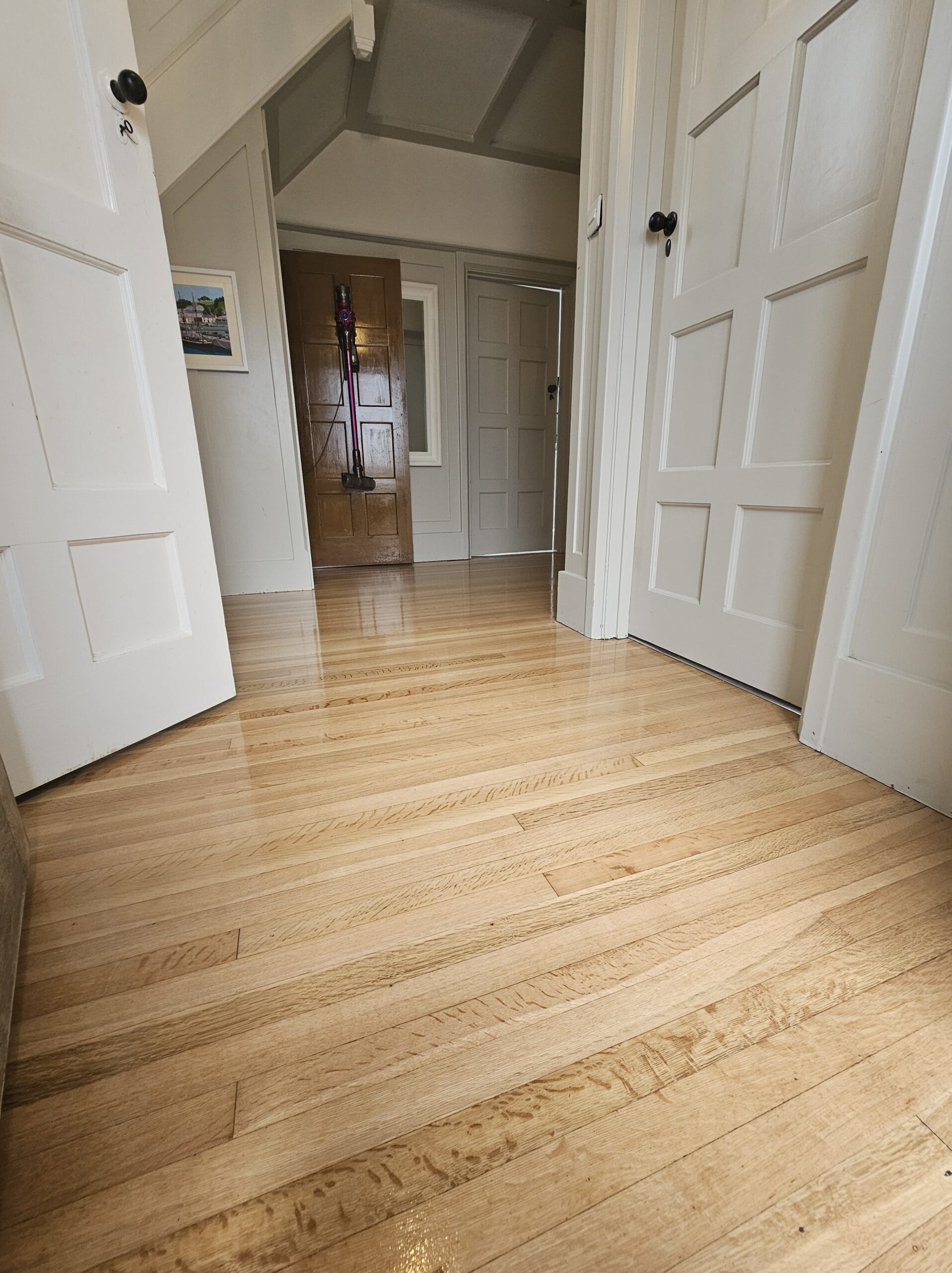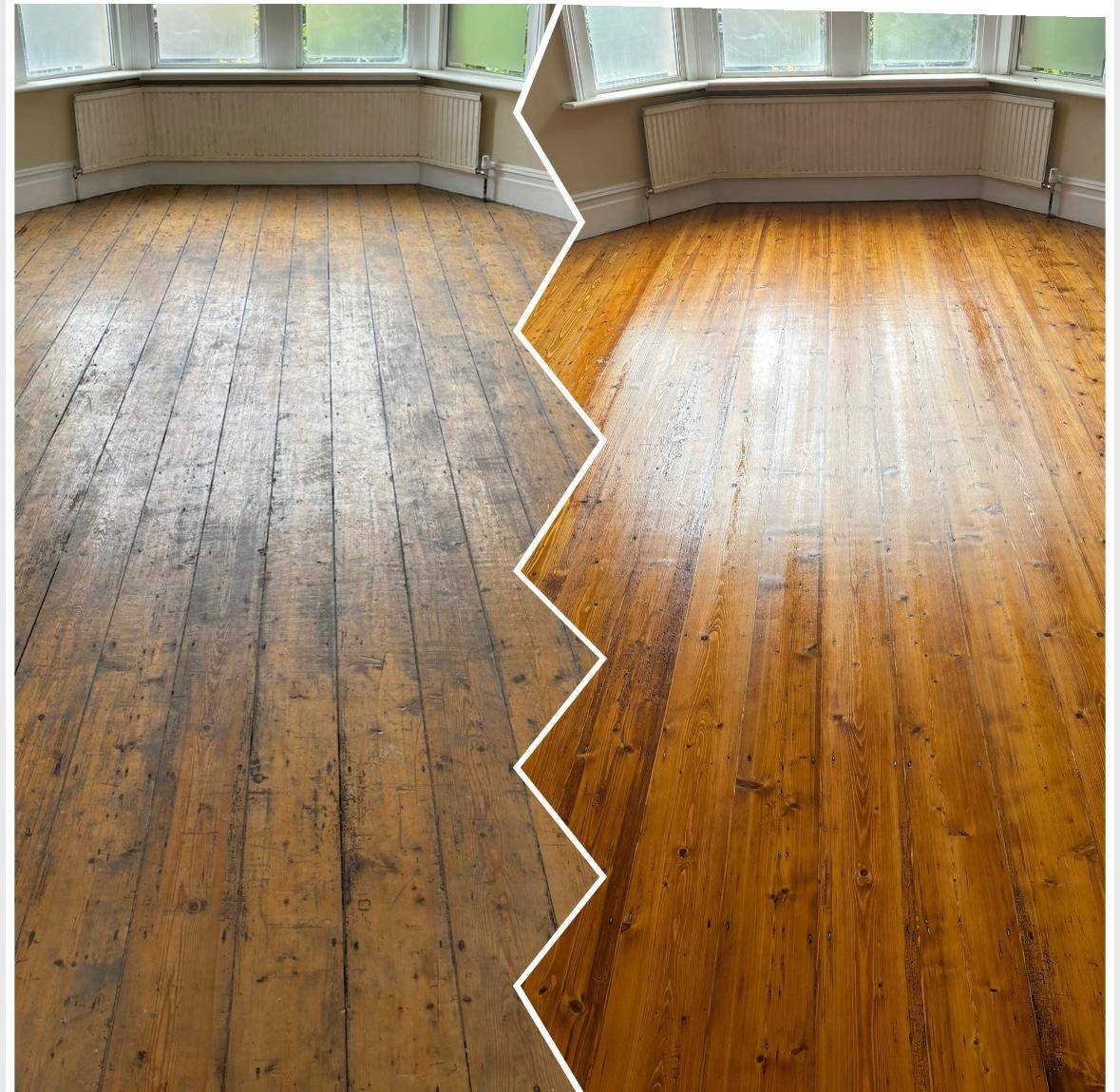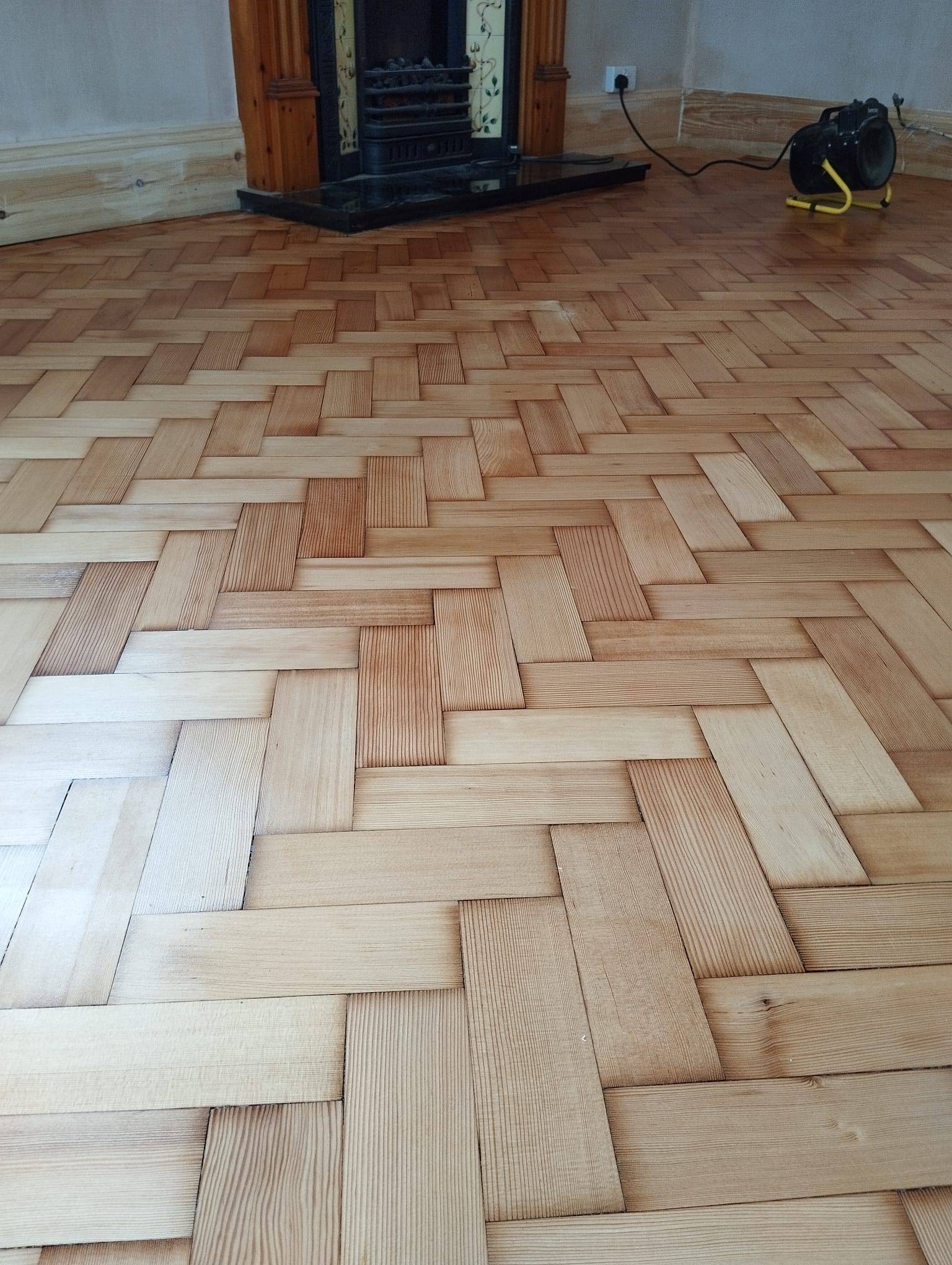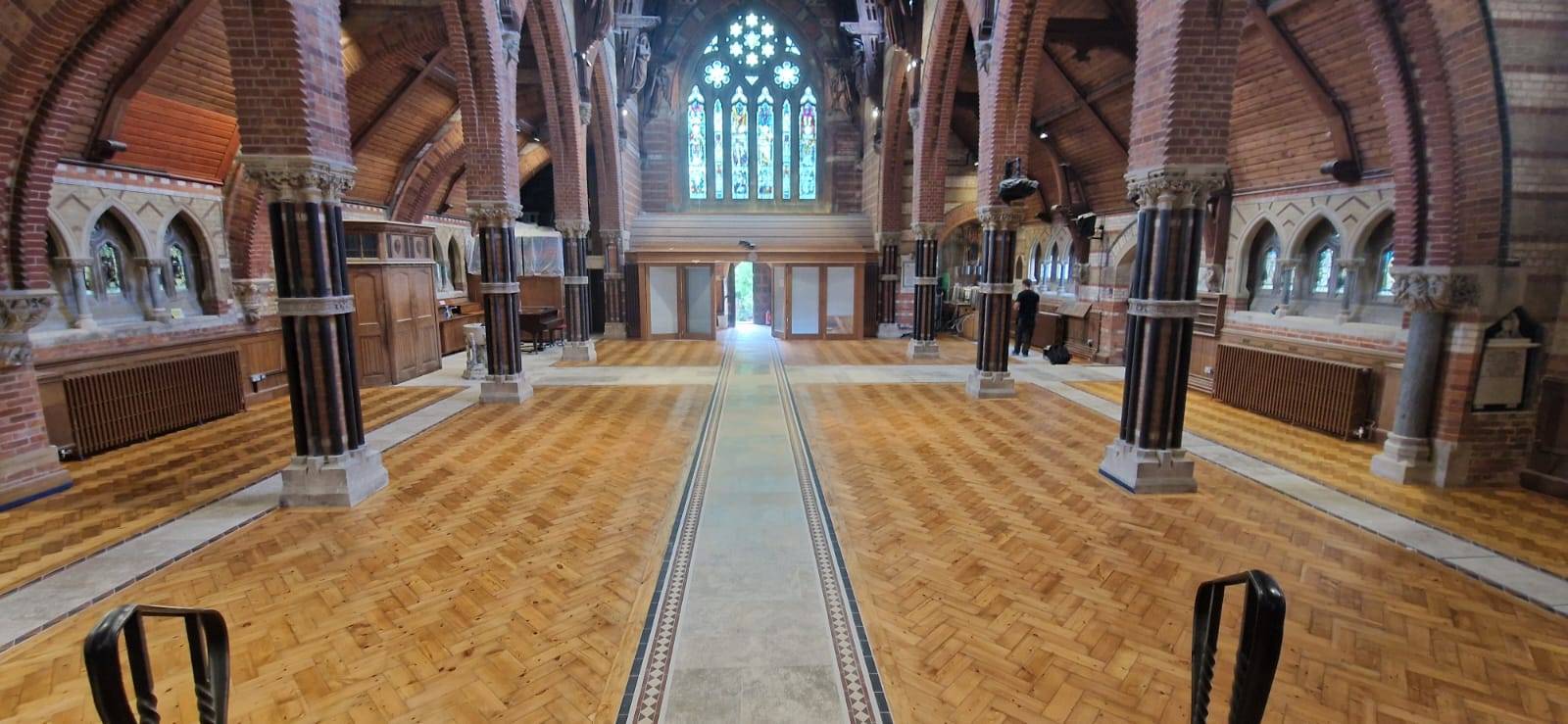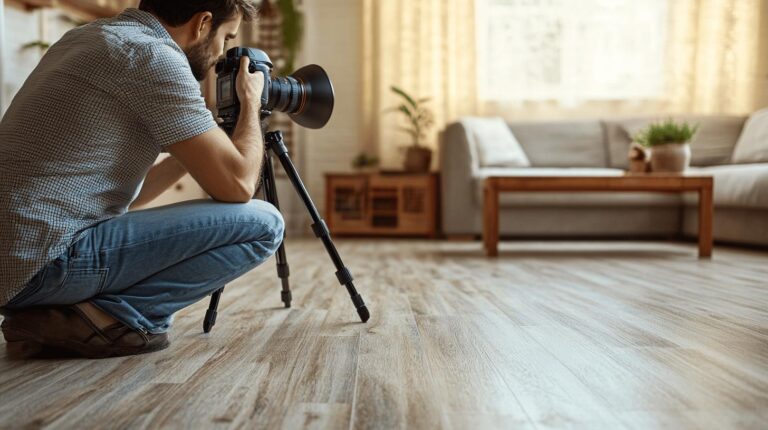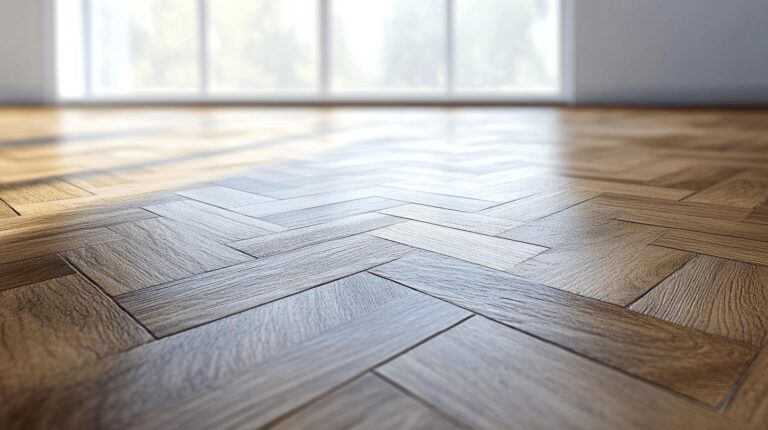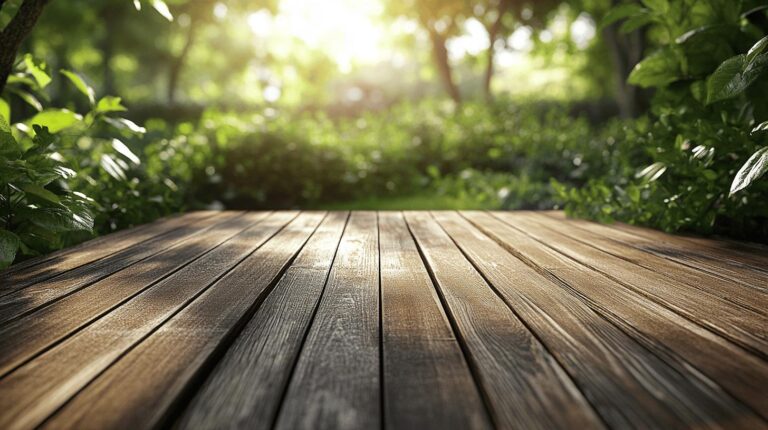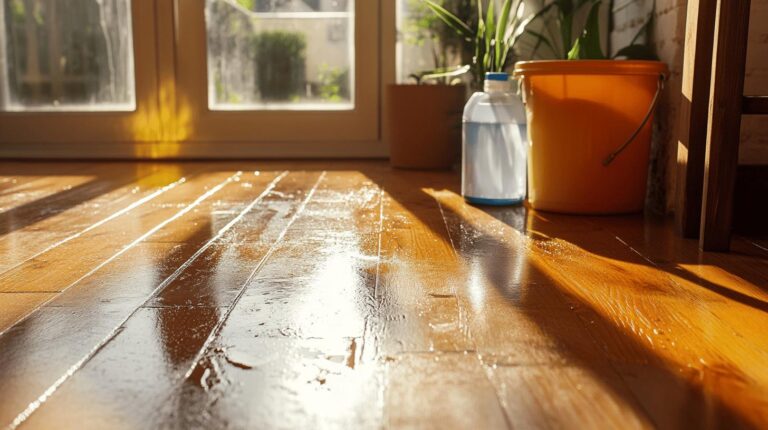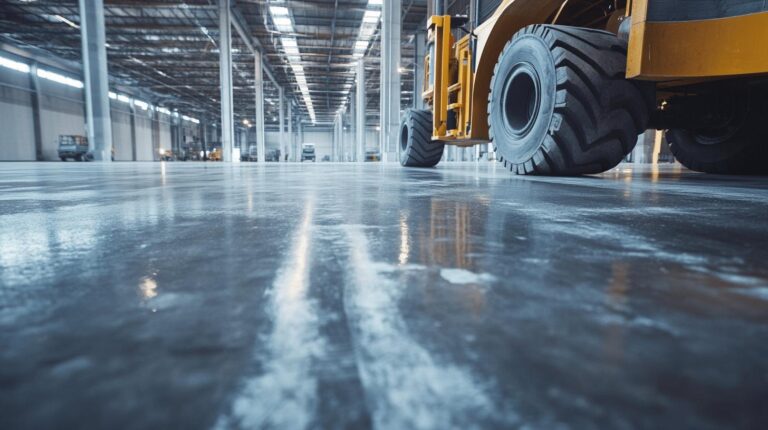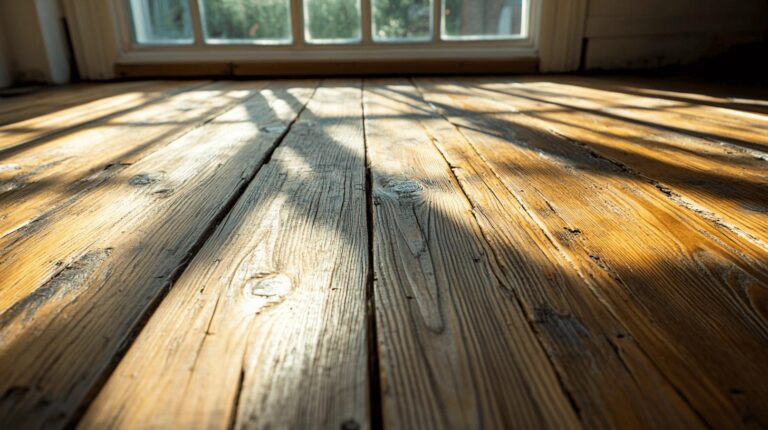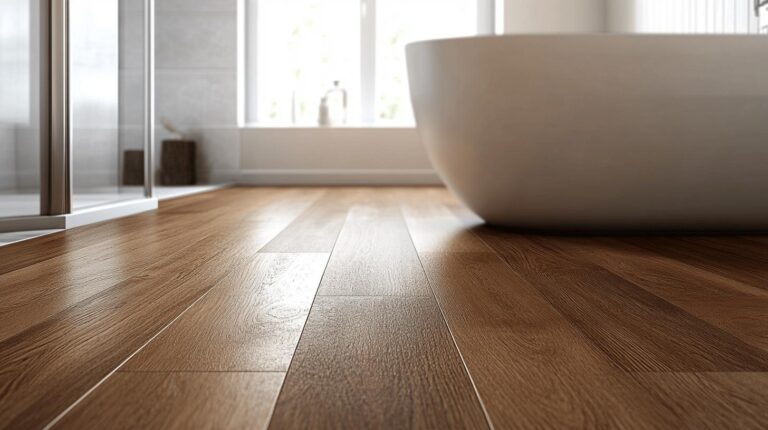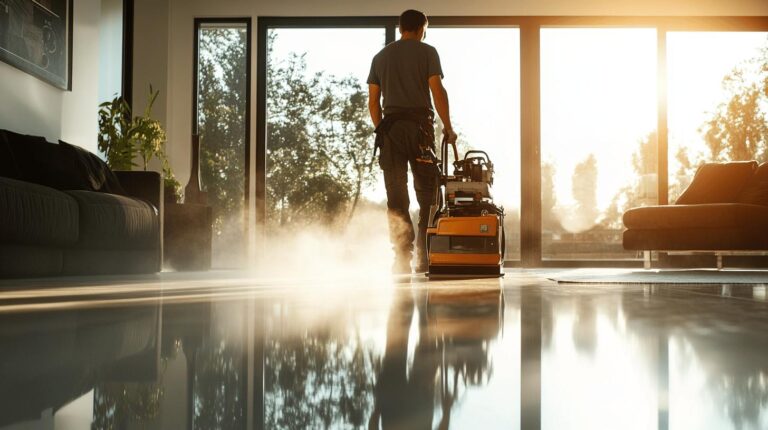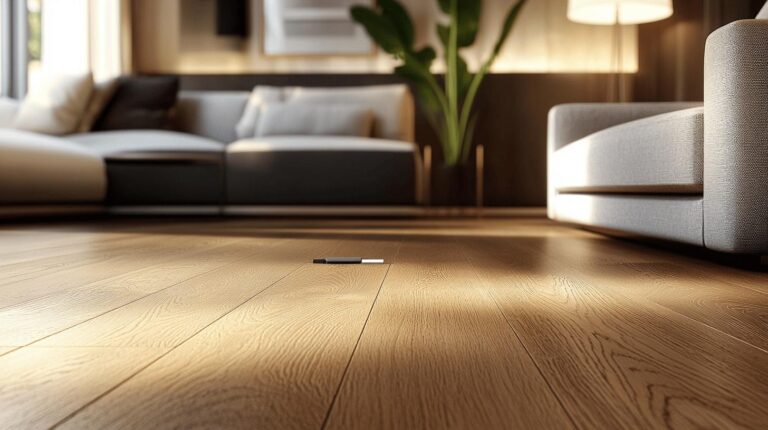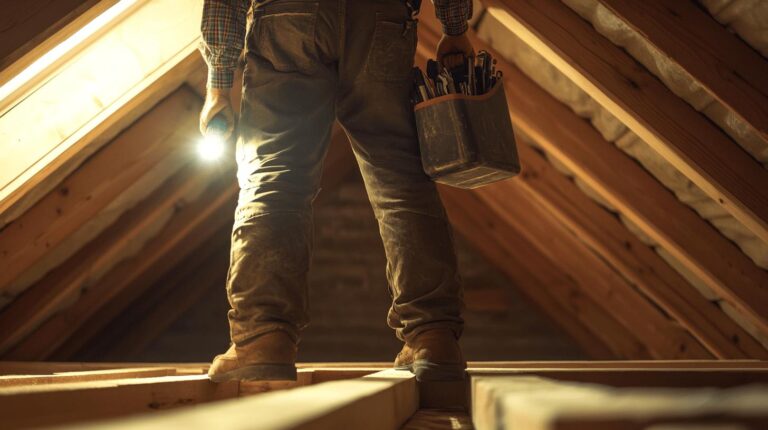Could your period property be losing its charm due to poorly ventilated wood floors? Victorian terrace homes and other historic residences often face the dual challenge of maintaining warmth while combating draughty floors. While modernising a heritage home with improved insulation can offer cosiness, it simultaneously heightens the risk of moisture accumulation, threatening the very essence of such cherished buildings. This article delves into the necessity of wood floor ventilation in period properties and explores solutions to enhance your property’s allure while keeping it structurally sound and historically authentic. Discover how to strike the perfect balance between tradition and efficiency.
Understanding the Need for Wood Floor Ventilation in Period Properties
Victorian terrace homes and other historic properties often grapple with draughty wooden floors, which pose unique challenges. One of the primary issues is the accumulation of moisture beneath the floorboards, a problem exacerbated by efforts to insulate these older structures. While improved insulation techniques increase warmth, they can inadvertently trap moisture, leading to mould and condensation. This delicate balance requires attention because excessive moisture not only risks structural integrity but also impacts indoor air quality.
Preserving the historical integrity of period properties while addressing ventilation needs is crucial. Any modern interventions must be carefully considered to ensure they do not compromise the architectural heritage of these homes. Retrofitting solutions should aim to enhance efficiency without altering the building’s character. This often involves a thorough ventilation assessment to tailor solutions that respect the historical context while effectively managing moisture levels.
- Balancing modern efficiency with historical preservation
- Preventing moisture build-up and potential structural damage
- Maintaining indoor air quality without compromising architectural elements
Effective Ventilation Solutions for Period Properties
Effective ventilation solutions are critical for maintaining the structural integrity and charm of period properties. These solutions address the moisture control challenges that often arise from the inherent design of these historic homes. By implementing thoughtful ventilation strategies, homeowners can preserve the beauty and functionality of their wood floors.
Subfloor Ventilation Systems
Subfloor ventilation systems play a pivotal role in managing moisture under wooden floors in period properties. These systems work by extracting damp air and allowing fresh air to circulate, thereby preventing moisture accumulation, which can lead to mould and structural damage. Typically, they leverage moisture-resistant PVC pumps and strategically placed fans to facilitate airflow. Additionally, sound-insulated ducting ensures that the system operates quietly, preserving the tranquillity of the home environment. By incorporating these systems, period properties can effectively mitigate dampness, safeguarding both the floorboards and the indoor air quality.
Advanced Ventilation Technologies
Modern advancements have introduced super-efficient ventilation technologies that are particularly beneficial for period properties. These technologies not only help in moisture control but also enhance energy efficiency. For instance, heat recovery ventilation systems recycle heat during the ventilation process, maintaining the home’s warmth while ensuring a fresh air supply. Such systems are invaluable in period properties where maintaining the original thermal characteristics is crucial. By integrating these advanced systems, homeowners can achieve optimal ventilation without compromising the historical integrity of their homes.
| Ventilation Solution | Key Benefits |
|---|---|
| Subfloor Ventilation Systems | Prevents moisture build-up, protects structural integrity |
| Advanced Ventilation Technologies | Enhances energy efficiency, maintains indoor warmth |
| Moisture-Resistant Materials | Ensures long-term durability, reduces maintenance needs |
Maintaining Historical Integrity During Ventilation Enhancements
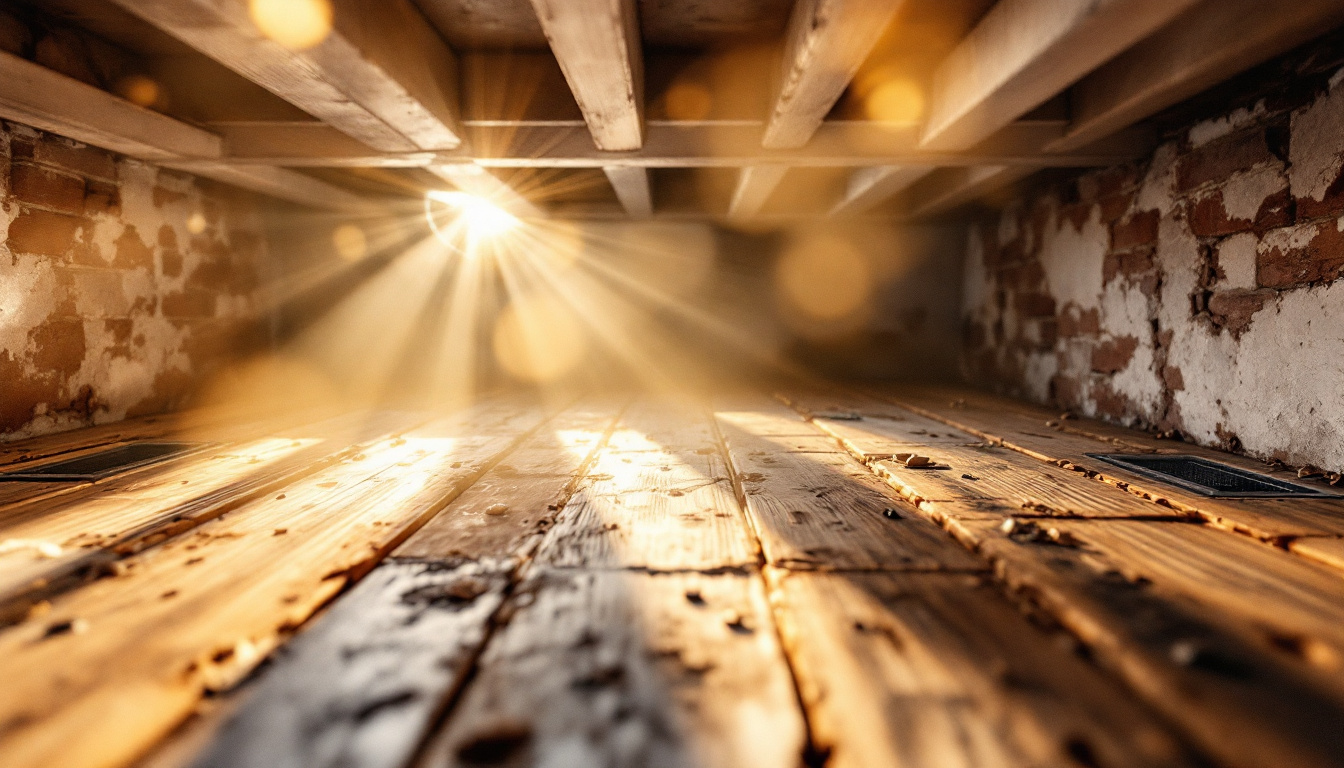
Preserving architectural heritage during upgrades is a paramount concern when dealing with period properties. These properties hold immense cultural and historical significance, and any modifications must respect the original design and materials. Building conservation efforts focus on ensuring that any interventions do not detract from the property’s historical value. When incorporating ventilation solutions, it is essential to consider the visual impact and strive to maintain the authentic appearance of the interiors and exteriors. This approach not only honours the past but also enhances the property’s charm and character.
Integrating modern ventilation solutions without altering the building’s character requires careful planning and execution. One effective method is to use discreet subfloor ventilation systems that are hidden from view, ensuring that the aesthetic appeal of the period home is preserved. Additionally, modern technologies such as heat recovery ventilation systems can be tailored to fit within the existing structure, using materials and finishes that blend seamlessly with the original features. These solutions provide the necessary moisture control and improve indoor air quality while maintaining the historical essence of the property.
Historical features like fireplaces have played a significant role in past ventilation practices. Traditionally, fireplaces were integral in providing natural ventilation, aiding in air circulation and reducing humidity levels within the home. As fireplaces become less common in modern living, understanding their historical functionality can inspire innovative design solutions that mimic their benefits. By drawing on the past, property restoration efforts can incorporate features that respect the heritage of period homes while addressing contemporary ventilation needs.
Tools and Techniques for Period Property Ventilation
Effective wood floor ventilation in period properties requires a blend of traditional craftsmanship and modern technology. Various tools are essential for ensuring optimal ventilation and preserving the charm of these historic homes. Among these, moisture-resistant PVC materials play a crucial role due to their durability and ability to withstand damp conditions, making them ideal for subfloor applications. Pumps and fans are also integral, facilitating the circulation of air and extraction of moisture, which is vital in preventing structural damage and timber decay. For temporary solutions, portable subfloors offer a practical option, providing solid surfaces with aeration holes that allow for efficient air and water flow, thereby maintaining the integrity of the period property.
Roof-style ventilation systems are an innovative technique that mimics traditional roofing methods to enhance underfloor air circulation. These systems are designed to extract moisture and introduce fresh air, utilising sound-insulated ducting to minimise noise disruption. By incorporating roof-style ventilation, period properties can achieve effective moisture control without compromising their architectural aesthetics. This technique ensures that air flows seamlessly between floorboards, reducing the risk of mould and condensation. The use of such advanced systems not only aids in timber preservation but also contributes to the overall maintenance of floorboards, thereby extending the lifespan of the wooden floors in period homes.
- Moisture-resistant PVC materials
- Pumps and fans for air circulation
- Portable subfloors with aeration holes
- Roof-style ventilation systems
- Sound-insulated ducting
Case Studies: Successful Wood Floor Ventilation in Period Properties
Case studies serve as a vital resource for comprehending the efficacy of wood floor ventilation solutions in period properties. They provide real-world insights into the challenges faced and the innovative solutions developed to address them. By examining these examples, property owners can gain a clearer understanding of the practical applications of modern ventilation technologies and how they can be implemented while respecting the historical integrity of their homes. These studies often highlight the importance of maintaining a balance between modern efficiency and the preservation of architectural heritage, a critical consideration in the restoration of historic properties.
A notable case involves the restoration of a Victorian terrace, where the primary challenge was moisture accumulation due to improved insulation. The solution was the installation of a super-efficient heat recovery ventilation system. This advanced system not only managed to recycle heat, maintaining the home’s warmth, but also ensured a continuous supply of fresh air, effectively reducing the risk of mould and condensation. The implementation required careful planning to integrate the technology without compromising the original architectural features, demonstrating the feasibility of blending modern mechanical systems with period aesthetics.
The outcomes of these interventions are noteworthy. The Victorian terrace experienced a significant improvement in indoor air quality and climate control, enhancing the property’s overall comfort and energy efficiency. The successful integration of the ventilation system preserved the character and charm of the period property, showcasing that it is possible to achieve modernisation without sacrificing historical value. Through these case studies, it becomes evident that strategic retrofitting can lead to positive results, ensuring the longevity and sustainability of period homes.
| Property | Challenge | Solution | Result |
|---|---|---|---|
| Victorian Terrace | Moisture Accumulation | Heat Recovery Ventilation | Improved Air Quality |
| Georgian Townhouse | Condensation Issues | Subfloor Ventilation System | Reduced Mould Risk |
Final Words
Ventilating wood floors in period properties presents unique challenges, including maintaining architectural heritage while enhancing efficiency. Solutions like subfloor systems and advanced technologies are crucial. Balancing these with building conservation ensures preserved character and modern comfort. Exploring tools and techniques underlines the importance of a tailored approach to ventilation. Case studies highlight successes where thoughtful integration of solutions achieved effective wood floor ventilation in period homes. Tailored strategies can preserve historical integrity while preventing moisture issues, contributing to a well-maintained and aesthetically pleasing living environment.
FAQ
How to ventilate a wooden floor?
Ventilating a wooden floor involves ensuring proper airflow under the floorboards using subfloor ventilation systems. These systems utilise moisture-resistant materials and fans to extract damp air and introduce fresh air, preventing moisture accumulation.
Do you need a vapour barrier on a timber floor?
A vapour barrier is necessary on a timber floor to prevent moisture from the subfloor from seeping into the wood, which can cause warping and promote mould growth. It is particularly important in areas prone to humidity.
How do you block wood floor vents?
To block wood floor vents, one must use vent covers or magnetic vent blockers that prevent air circulation through the vents, effectively stopping unwanted airflow while maintaining the floor’s aesthetic appeal.
How do you stop dampness from suspended floors?
Stopping dampness from suspended floors involves using subfloor ventilation to improve airflow and extract moist air. Ensuring proper drainage and using moisture barriers further prevents dampness, protecting timber from moisture-related damage.
